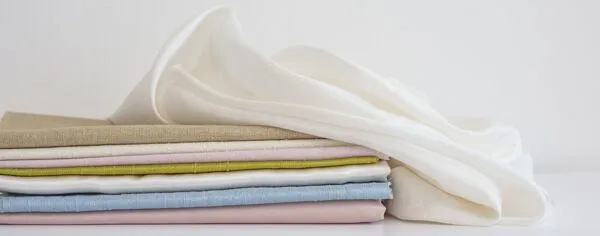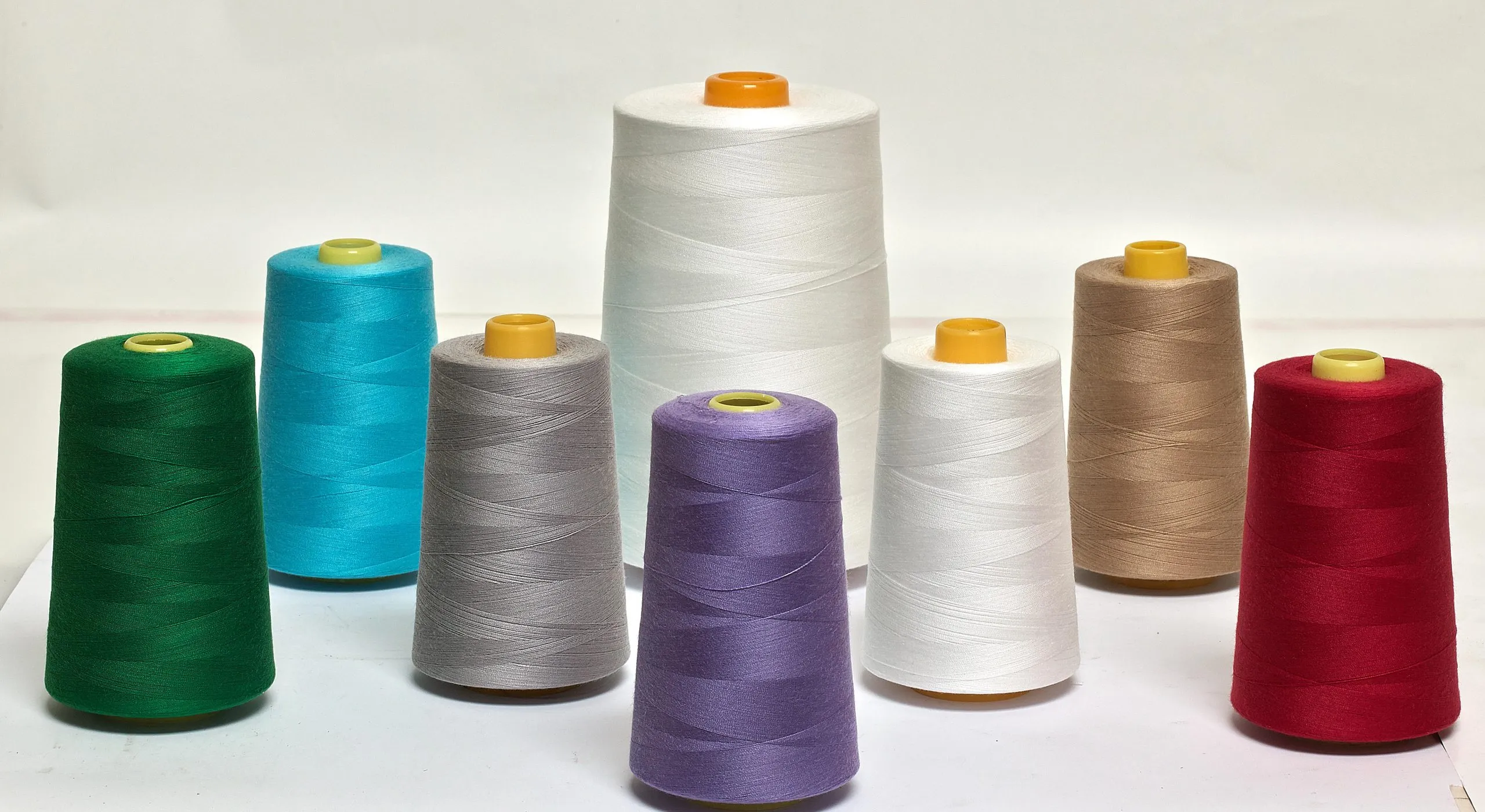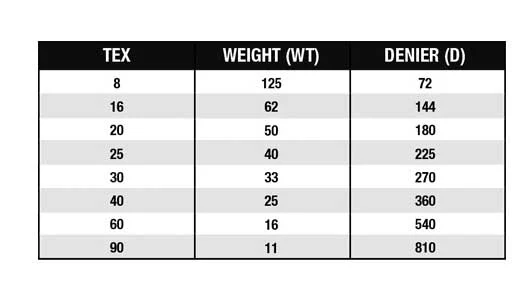
It’s useful to understand how CVC, 100% cotton, and TC differ so you can pick the best fabric for your garments: CVC blends deliver a balanced mix of comfort and durability, 100% cotton offers superior breathability and softness but can shrink significantly with heat, while TC (poly-cotton) provides excellent wrinkle resistance and easy care though its polyester content reduces breathability this guide shows how each affects fit, longevity, and laundering for your manufacturing or retail decisions.
In short, Your best choice depends on what matters most to you:
| Priority | Best Option | Why |
|---|---|---|
| Maximum comfort & softness | 100% Cotton | Pure natural fibers, breathable and gentle |
| Balanced comfort and easy care | CVC | Soft, wrinkle-resistant, durable |
| High durability & low maintenance | TC | Strong, colorfast, quick-drying |
About CVC Cotton, 100% Cotton Fabric, TC Cotton
CVC Cotton: The Perfect Middle Ground
CVC (Chief Value Cotton) refers to cotton-rich blends where cotton typically makes up 60–80% and polyester 40–20%, commonly seen as 60/40 or 65/35. You’ll find cotton usually spun for the fabric face to preserve a soft, breathable hand while polyester is blended into the yarn or back to add strength and dimensional stability. Manufacturers choose these ratios to give you the look and feel of cotton with added resilience and faster drying than pure cotton. CVC fabrics were developed to balance the comfort of cotton with the easy care of polyester.
- Comfort: They feel almost as soft and breathable as pure cotton.
- Maintenance: They resist wrinkles and shrinkage better.
- Durability: The polyester content improves the fabric’s strength and longevity.
Because of these qualities, CVC is popular in uniforms, workwear, T-shirts, and home textiles where both comfort and easy maintenance matter.

100% Cotton Fabric: Pure Comfort, Natural Feel
You’ll find 100% cotton is a natural cellulose fiber prized for its softness, breathability and moisture-wicking with a moisture regain around 8–9%. Fabrics range from lightweight knits (120–160 gsm) to heavyweight jerseys (200–360 gsm), and long-staple varieties like Pima or Egyptian deliver smoother, stronger yarns. Expect excellent comfort for next-to-skin garments, but also a tendency to wrinkle and absorb odors more than synthetic blends. Cotton is loved for its softness, absorbency, and breathability. It keeps you cool in warm weather and feels gentle on the skin ideal for daily wear, children’s clothing, and bedding. However, its biggest drawbacks are:
- It wrinkles easily,
- Shrinks when not pre-treated,
- And takes longer to dry.
Despite that, people still choose cotton for its natural comfort and eco-friendly appeal.

TC Fabric: Durable and Easy to Maintain
TC (Tery-Cotton) fabric is designed for strength and convenience. With a higher polyester ratio, it’s highly durable, quick-drying, and wrinkle-resistant. That’s why it’s often used for uniforms, workwear, and industrial clothing that need to hold shape and color after many washes. The trade-off, however, is lower breathability and a slightly synthetic feel compared to cotton-rich fabrics.

Table Comparison of CVC Cotton vs 100% Cotton vs TC (Poly-Cotton)
| Feature | 100% Cotton | CVC (Chief Value Cotton) | TC (Tery-Cotton / Polyester-Cotton) |
|---|---|---|---|
| Fiber Composition | 100% natural cotton | Blend with higher cotton content (usually 60–80% cotton, 20–40% polyester) | Blend with higher polyester content (usually 65–80% polyester, 20–35% cotton) |
| Feel & Comfort | Very soft, natural, breathable | Soft and comfortable, close to cotton feel | Slightly less soft, more synthetic feel |
| Wrinkle Resistance | Wrinkles easily | Improved wrinkle resistance | Very resistant to wrinkles |
| Shrinkage | High shrinkage if not pre-shrunk | Reduced shrinkage | Minimal shrinkage |
| Drying Time | Slow drying | Faster drying than cotton | Very quick drying |
| Durability | Moderate (fibers weaken over time) | More durable due to polyester blend | Highly durable and shape-retentive |
| Color Retention | May fade over time | Better color stability | Excellent color retention |
| Breathability | Excellent | Good – retains most cotton breathability | Moderate – less breathable |
| Ease of Care | Needs ironing and careful washing | Easier to care for | Very easy care, minimal maintenance |
| Common Uses | Premium shirts, bedding, baby wear | Casual wear, uniforms, workwear, home textiles | Uniforms, industrial clothing, bed linens |
Feel and Breathability
You’ll notice 100% cotton feels soft and airy against skin, offering the best cooling because cotton’s moisture regain (~8.5%) lets sweat evaporate; CVC (often 60–65% cotton) gives similar feel but dries quicker, while TC (commonly 65/35 polyester/cotton) feels smoother and less absorbent, so it can trap heat during high activity choose CVC for balance or pure cotton when maximum breathability matters.
Skin Sensitivity
You’re less likely to get irritation from 100% cotton since natural fibers reduce friction and chemical finishes are easier to avoid; CVC lowers risk compared with high-polyester TC, but if you have eczema or dermatitis you should prefer fabrics with high cotton content and certified low-chemical finishes (OEKO-TEX or GOTS).
Allergic reactions often stem from finishes, dyes, or tight synthetic fibers rather than cotton itself. You should check labels for reactive dyes or formaldehyde-free finishes; for example, garments carrying OEKO-TEX Standard 100 indicate tested-low residues. Also, choose CVC blends with ≥60% cotton if you want improved durability but still need gentleness while TC fabrics with ≥50% polyester can increase static and micro-abrasion, aggravating sensitive skin during prolonged wear.
Wear and Tear Resistance
You’ll see blended constructions perform differently under friction: industry abrasion tests show TC and CVC fabrics often survive 20–30% more rub cycles than 100% cotton, lowering pilling and seam thinning in high-stress zones like cuffs and collars. You should expect all-cotton tees to show visible wear after roughly 50–100 machine washes, while CVC/TC pieces typically maintain structure longer with similar use patterns. Assume that you may need earlier repairs or replacement for pure cotton in heavy-use uniforms.
- Abrasion resistance: +20–30% cycles for blends
- Pilling tendency: reduced in CVC/TC vs 100% cotton
- Seam durability: polyester content improves stitch retention
Longevity Factors
You’ll factor fiber ratio, GSM, weave density and quality of finishing when estimating lifespan: higher GSM (180–220 g/m²) and a 40–60% polyester blend typically add 12–24 months of usable life versus lightweight 100% cotton at 120–160 g/m². You also need to account for dyeing and enzyme washes, which can weaken fibers by ~5–15% per aggressive process. Assume that selecting midweight CVC with reinforced stitching extends service life in workwear applications.
- Fiber ratio: polyester content boosts tensile strength
- GSM: heavier weights resist thinning
- Finishes: reactive dyes and enzyme treatments alter durability
You can extend longevity through care and construction choices: wash at 30–40°C, use mild detergents, avoid chlorine bleach, and prefer low tumble or line-dry to reduce mechanical and thermal fiber stress; lab data indicates cool washes reduce tensile loss by ~10% over 100 cycles. You should also specify reinforced seams (e.g., bar tacks) and polyester-blend threads for high-stress garments to prevent early seam failure. Assume that a well-constructed CVC garment with proper care will outlast a similar 100% cotton piece by 12–24 months.
- Care: cool wash, mild detergent, low tumble
- Construction: reinforced stitching, poly blend threads
- Environmental exposure: UV and chlorine accelerate degradation
To Wrap Up / Final Words
Following this you should pick 100% cotton if you prioritize natural softness and breathability though it needs gentler care and may shrink; choose TC (poly‑cotton) when durability, wrinkle resistance and easy maintenance matter more; CVC offers a middle path, preserving much of the cotton hand while boosting longevity and washability.
FAQs About CVC Cotton vs 100% Cotton vs TC (Poly-Cotton)
What do the terms CVC, 100% cotton, and TC (poly-cotton) mean?
CVC (Chief Value Cotton) is a cotton-dominant blend commonly 60–80% cotton with polyester designed to keep a cotton handfeel while adding polyester performance. 100% cotton is pure natural fiber, noted for softness and breathability. TC (triacetate is different; in this context TC stands for poly-cotton or polyester/cotton blends) usually indicates a polyester-dominant blend such as 65% polyester/35% cotton, prioritizing durability and dimensional stability.
How do these fabrics compare for comfort and breathability?
100% cotton offers the best natural softness and breathability, making it ideal for hot-weather and next-to-skin garments. CVC closely approximates cotton comfort while reducing wrinkling and drying time due to polyester content. TC (poly-cotton) is less breathable than the other two but warmer and better at wicking moisture when engineered; it feels less natural against the skin than pure cotton.
Which fabric is most durable and resistant to wear?
Polyester content improves strength and abrasion resistance. TC (poly-cotton, polyester-dominant) is typically the most durable and holds shape well. CVC offers moderate durability better than pure cotton but not as resilient as high-polyester blends. 100% cotton is prone to more abrasion, stretching, and pilling over long-term heavy use.
What are the care and maintenance differences among them?
100% cotton tolerates hot washes but is prone to shrinkage and more wrinkles; pre-shrunk or preshrink processing helps. CVC and TC handle machine washing with lower shrinkage and faster drying; avoid high dryer heat to prevent heat-set damage to polyester fibers. Use mild detergents and low-heat ironing for blends; spot-test strong bleaching agents, as blends react differently than pure cotton.
How do they behave with dyes, printing, and colorfastness?
100% cotton accepts reactive and vat dyes with excellent washfastness and vibrant results. CVC offers good printability but polyester content can mute reactive-dye results; pigment printing or blended dye systems are common. TC and polyester-rich fabrics require disperse dyes or specialized printing (sublimation for polyester-heavy fabrics) to achieve bright, durable colors. Polyester improves UV and wash color retention compared with untreated cotton.
For which garment types is each fabric best suited?
100% cotton is preferred for premium tees, underwear, babywear, and high-comfort garments. CVC suits everyday shirts, casual wear, and products where a cotton feel with easier care is desired. TC (poly-cotton, polyester-heavy) is ideal for uniforms, workwear, budget t-shirts, and items that need wrinkle resistance, quick drying, and long-term shape retention.
What are the environmental and end-of-life considerations for each option?
100% cotton is biodegradable and renewable but can be resource-intensive (water, land, pesticides) unless certified organic. Polyester is petroleum-based, not biodegradable, and sheds microfibers during washing; recycled polyester reduces some impacts. Blends (CVC, TC) are harder to recycle mechanically because mixed fibers need specialized separation. Look for certifications (GOTS, OEKO-TEX, GRS) and prefer recycled inputs or take-back programs to lessen environmental impact.


